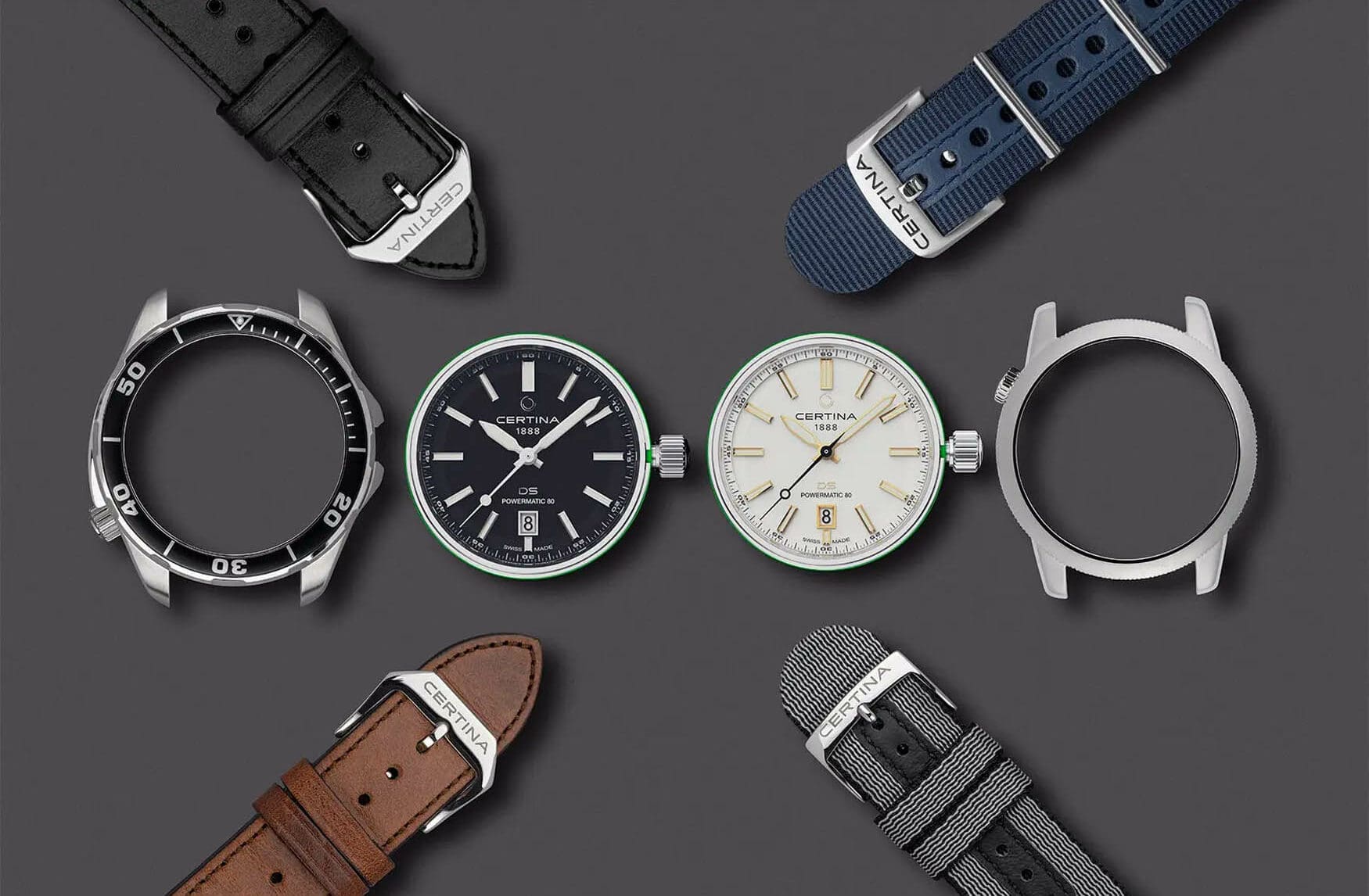Three failed watch technologies Buffy believes never caught on
Buffy AcaciaThe culture of watchmaking is one that equally respects tradition and ingenuity, as the past can be respected while breaking boundaries and inventing new techniques. But, sometimes inventiveness doesn’t always work out. You can’t make an omelette without breaking a few eggs, so let’s rummage through the discarded shells and see some watch technologies that did not last and that I beleive never caught on.
Thermoelectric movements
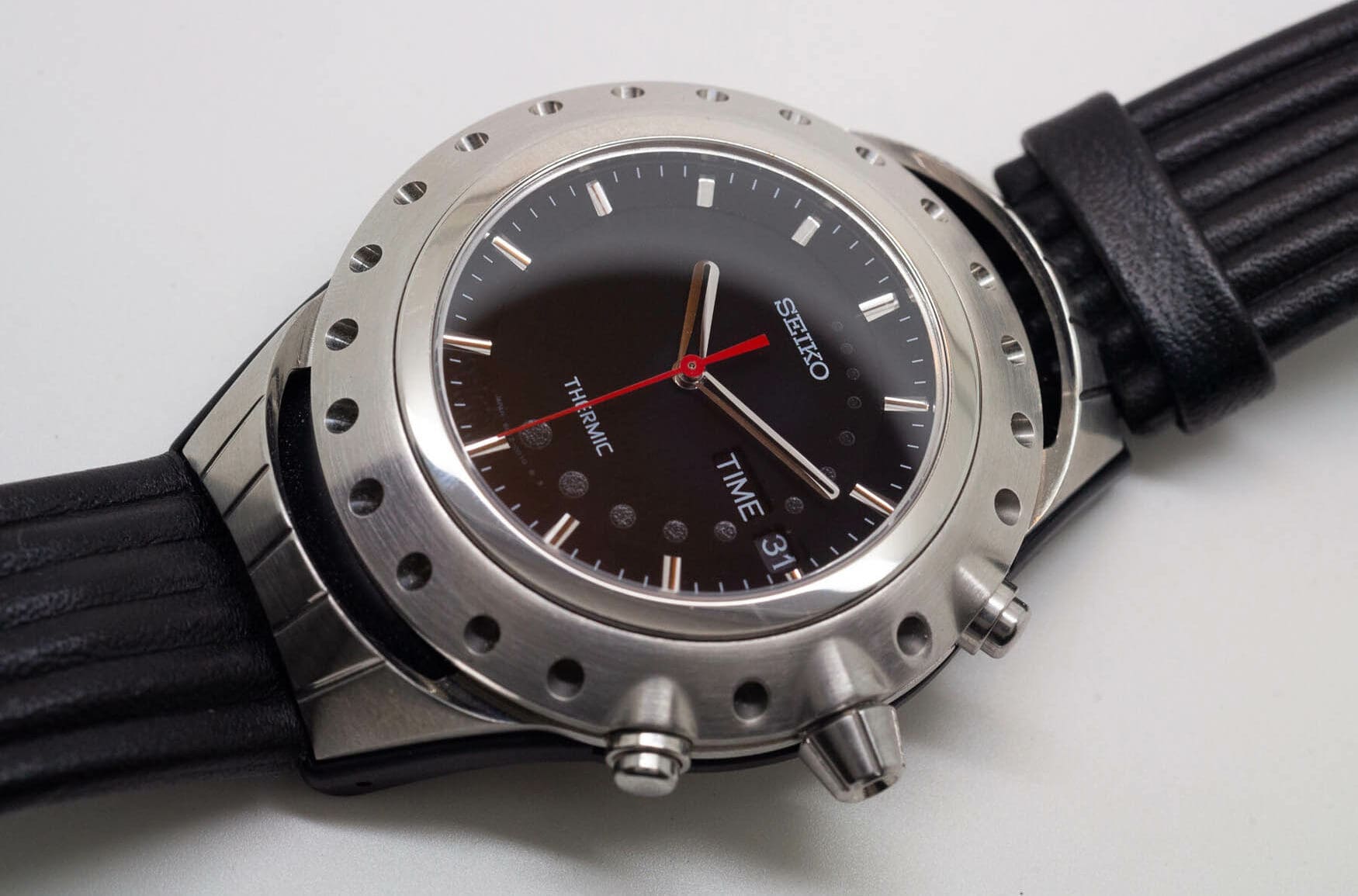
Approaching the turn of the 21st century, sustainability was an area of interest for a lot of watch brands. After all, quartz movements had only been around for 30 years and there was still a lot of experimentation to be done. When investigating alternative methods for supplying power to a watch, the Seebeck effect of thermoelectricity seemed promising. Essentially, the Seebeck effect is when a temperature difference between two conductive points creates a flow of electricity. Harnessing that flow is a way of converting heat into electrical energy, charging your watch whenever it’s on your wrist. Seiko was first on the scene with a limited edition run of the Seiko Thermic in 1998, followed closely by a full-production run of the Citizen Eco-Drive Thermo in 2001.
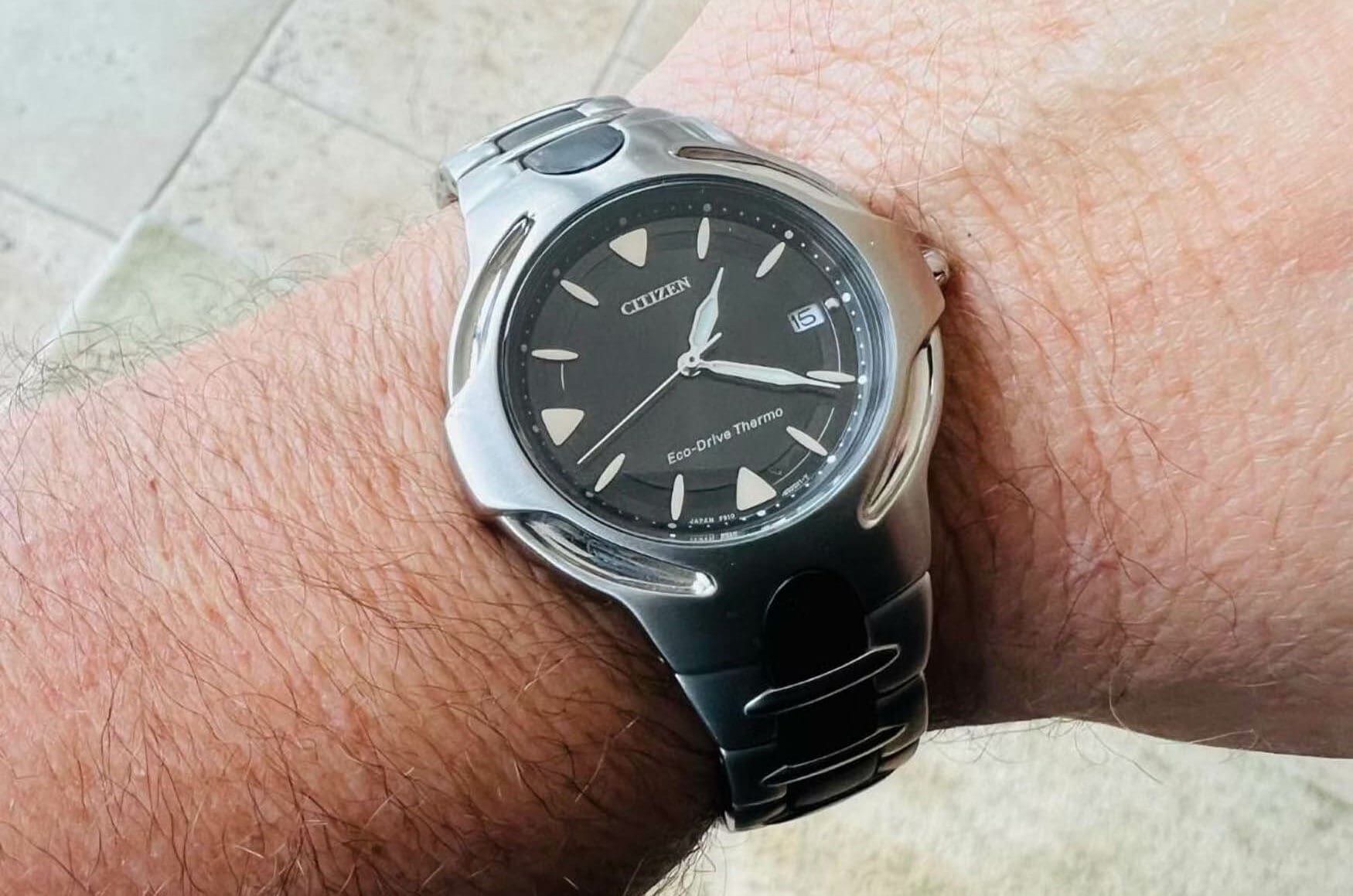
Unfortunately, both of these watches were pretty much an instant flop. The Seebeck effect produces such a small amount of usable electric power that it could take up to 50 days of optimal wearing conditions for a full charge. Plus, the conditions were rarely optimal. The watches could only generate power when the upper temperature was below 28°C (82°F), so they would quickly run out of battery in hot climates. Even wearing the watch under a sleeve could be enough to warm it up too much. The need for heat vents built into the bezels did make for some cool, sci-fi designs, but ultimately the hassle of charging proved too inconvenient for consumers.
Pre-quartz electric watches
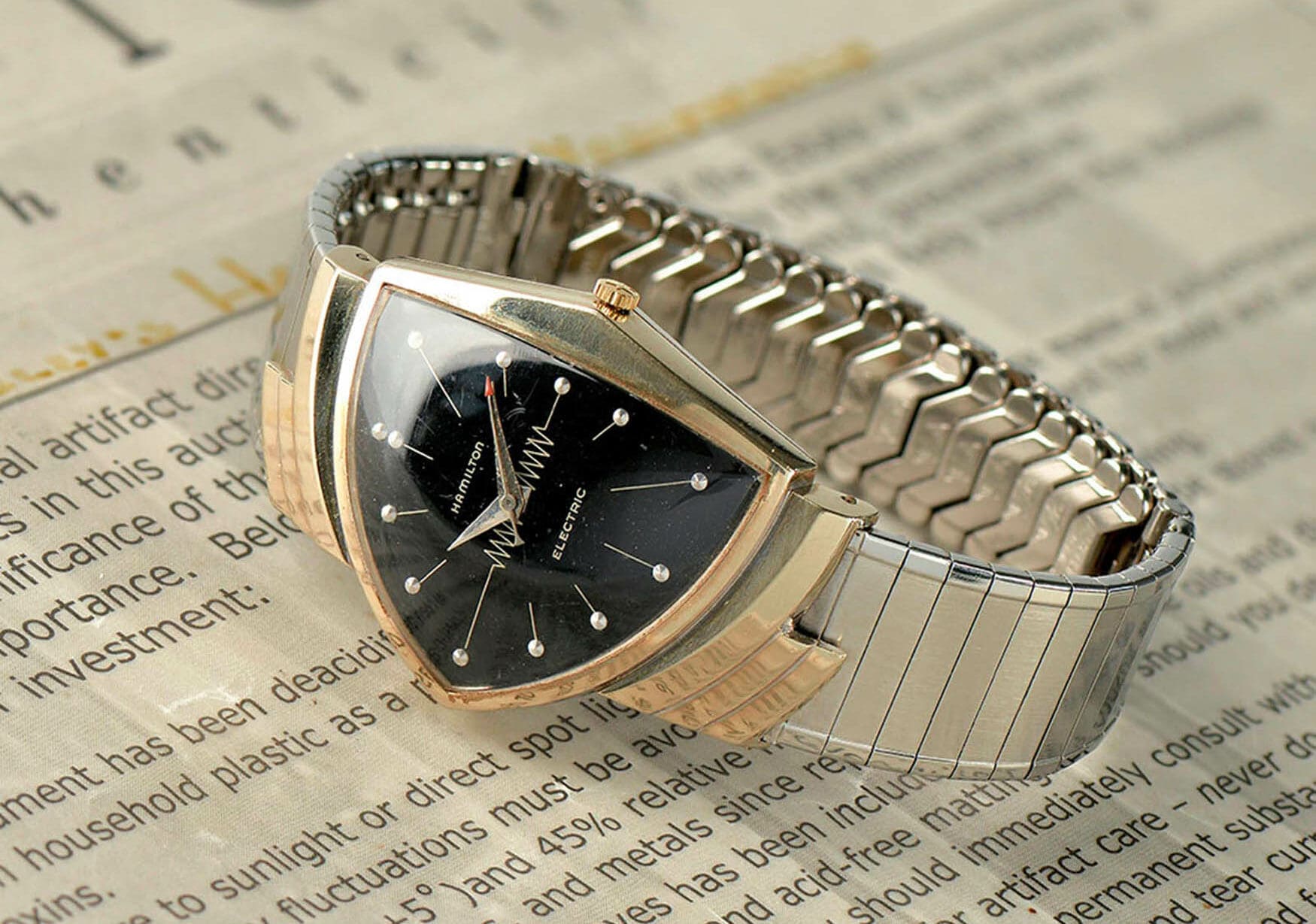
Vintage watches are cool, we all know this. Sometimes it’s because they’re better, but mostly it’s in the same way that vinyl records are cool. They’re less convenient, prone to degradation, but we love them anyway. So, have you ever wondered why nobody has made a vintage reissue of an old electric movement? Sure there are watches like the Hamilton Ventura which are alive and well, but they’ve been updated with quartz or even mechanical movements for the sake of living easy. When Elgin and LIP presented the world’s first electric movements back in 1952, it was huge news. Accuracy, reliability, and prestige were promised, so what went wrong?
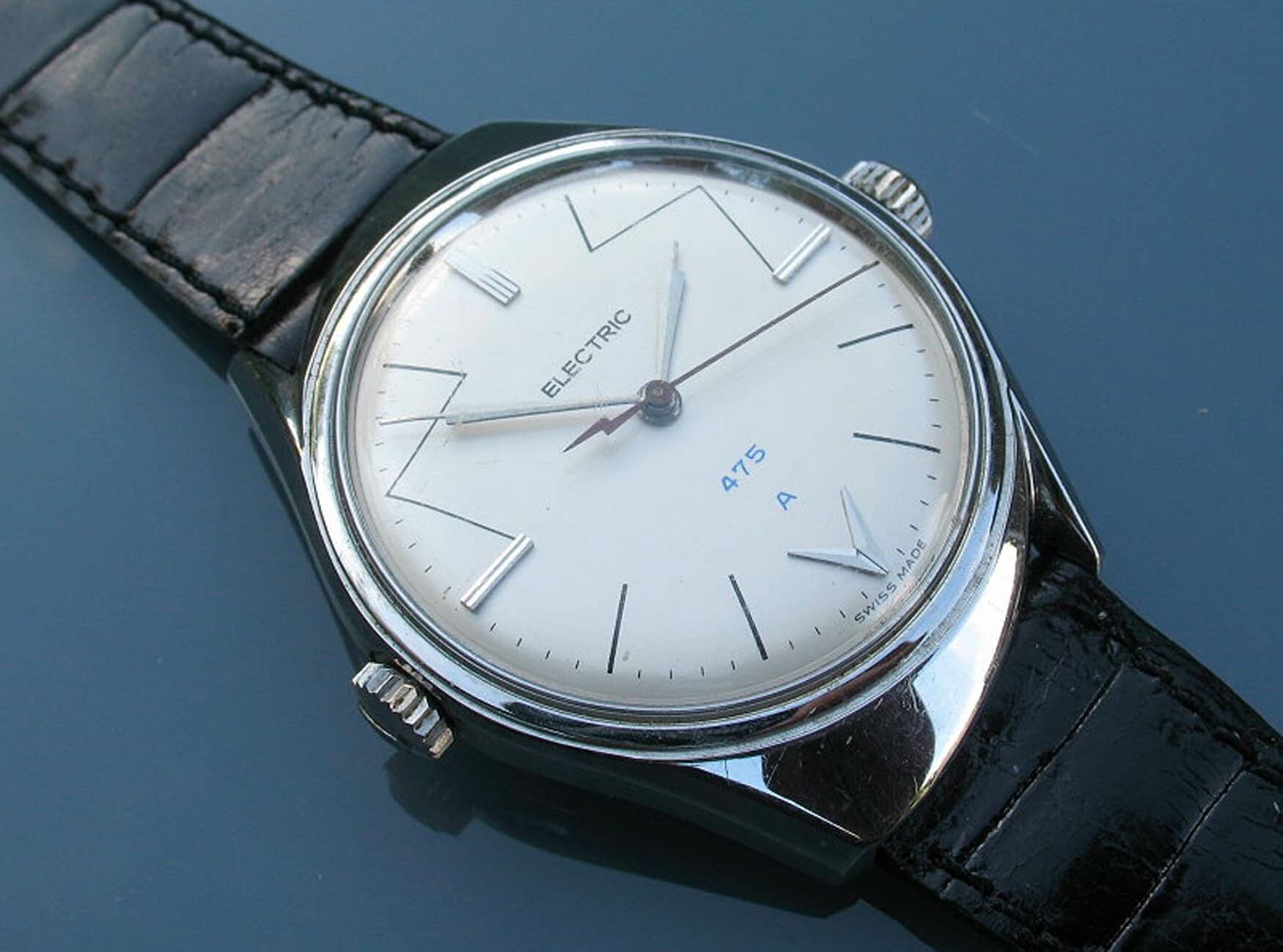
It’s easy to be harsh on the many faults of electric watches with hindsight, as quartz movements are just better in every way. But, at the time it was the pinnacle of creativity and technology. Most of the earliest movements just had copper coils attached to a plastic balance wheel, swinging between two magnets to generate power. There were improvements upon this over the years, with the tuning fork method which did away with balance wheels becoming the most iconic. The fact was, they were nowhere near as reliable or as accurate as they were promised to be. When quartz watches rose during the 1970s, the old, overcomplicated, and overpriced electric watches were quickly made redundant. Landeron, a famed Swiss chronograph maker who had been forced to pivot entirely to electronic movements, even went out of business because of it.
Modular watches

What could be better than building your own bespoke watch on a daily basis? Maybe you’d like to swap out a bezel to suit a different colour outfit or move your favourite dial between different cases when you’re feeling sportier or dressier. Well, the closest you can truly come to that experience is getting into Seiko modifying. Their vast historical catalogue and list of compatible parts make it relatively easy to do, but you still need a decent amount of watch knowledge, special tools, and skill. The dream of having a box full of modular watch parts that snap into place on a whim has occurred to many brands, but it’s never taken off.
The theory of modular watches has really only been explored within the last decade or two, especially in the era of microbrands. That works because it has such a niche appeal, and they only need a small amount of sales to justify their existence. Certina are by far the biggest brand to have attempted it with their DS+, and when it came out I honestly thought it had a good shot at being the first truly successful modular watch. But, over a year has passed and not much has come of it. Every watch is so personal and subjective that, in practice, it’s impossible to release components that look great in every combination of other parts. Designing a whole watch for one singular purpose works so much better, and it doesn’t help that these interchangeable parts have to be larger than normal to remain sealed from each other.






